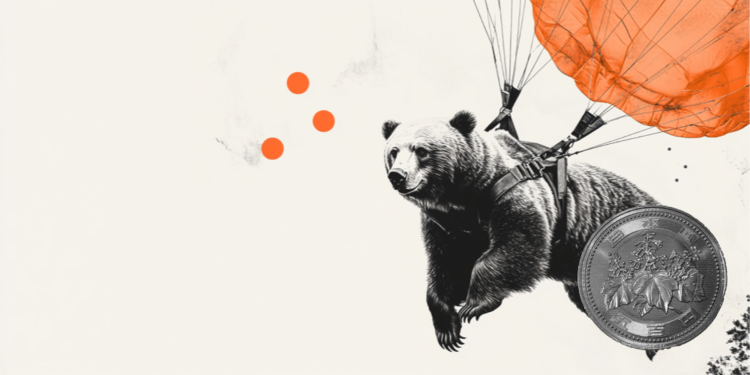The group of people aged 60 or over had the biggest increase in internet consumption in the 12-month period between 2021 and 2022. This is one of the highlights of Pnad Contínua TIC 2022, which investigates access to the Internet and television in households and the possession and use of cell phones by people aged 10 or over in the country.
In 2021, 57.5% of the population aged 60 and over used the internet; in 2022 the number jumped to 62.1% (increase of 4.6%). In 2016, only 24.7% of people in this group used the internet.
The age group with people between 50 and 59 years old comes next, with 3% growth in the 12 months analyzed, going from 83.3% to 86.3%.
The survey was released this Thursday (9), by IBGE (Brazilian Institute of Geography and Statistics).
The group of people aged between 10 and 13 years old showed a growth in network users of 2.7%. In 2021, 82.2% of the group used the internet; in 2022, the percentage jumped to 84.9%.
The research also shows that cell phones continue to be the main means of accessing the internet for Brazilians. There was also an increase in the number of people accessing the network through televisions, as well as a decrease in access through computers. 98.9% of users use mobile telephony to access the internet, while 47.5% do so via televisions, 35.5% via personal computers and 7.6% via tablets.
Internet
In 2022, the Internet was used in 91.5% of permanent private households (68.9 million), an increase of 1.5% compared to 2021. Despite the consistent increase since the beginning of the historical series, the growth rate has been decreasing, which would indicate that this number is approaching the universalization of the internet in Brazilian homes.
There was also a reduction in the difference between connectivity in urban and rural areas. In 2016, this difference was greater than 40% and fell to 15.4% in 2022.
Cell phone
From 2016 to 2022, there was an increase in the number of households with cellular mobile network service, whether for internet use or telephony, both in urban and rural areas.
According to the data available, the result of the rural area indicator remained at a “substantially lower” level than that of the urban area. During this period, in the total number of households in the country, the percentage of those in which the cellular mobile network service worked, for internet or telephony, went from 86.2% to 92%, in total; from 89.7% to 95.2%, in urban areas; and from 63.7% to 69.4%, in rural areas.
Television
In 2022, of the 75.3 million permanent private households in the country, 94.9% had television — 95.6% in urban areas and 90.4% in rural areas. The Southeast and South regions had the highest proportions of households with television (96.6% and 96.2%, respectively). On the other hand, the North region had the lowest proportion, 89.9%.
The percentage of households with only a thin screen television rose from 84.2% to 87.9% between 2021 and 2022, while that of those with only a tube television fell from 11.9% to 9.2%. The percentage of households with both types of television decreased from 3.9% to 2.9%.
Pay television was present in 19.8 million homes in 2022 — 27.7% of homes with television in the country. The proportion was 28.8% in urban areas and 19.8% in rural areas.
Between 2021 and 2022, the percentage of households with pay television fell by 0.1%. In urban areas there was a drop of 0.4%, while in rural areas there was an increase of 2%, going from 17.8% to 19.8%
Streaming and connectivity
This year, Pnad Contínua included a new question about the existence of a paid video streaming service in Brazilian homes. Considering households with Internet access, 31.1 million or 43.4% had access to this type of service. The Major Regions with the highest percentage of access to paid video streaming services were: South (50.3%), Central-West (50.3%) and Southeast (48.1%).
The survey also provides, in an unprecedented way, information about the existence of smart devices in homes (which can be controlled via the Internet, such as cameras, speakers, lamps, air conditioning, refrigerators, etc.). 14.3% of the total number of people with internet access use devices of this type.
The Continuous PNAD Continuous National Household Sample Survey investigated the thematic module on Information and Communication Technology – ICT in the fourth quarter of 2022.
Source: CNN Brasil
Charles Grill is a tech-savvy writer with over 3 years of experience in the field. He writes on a variety of technology-related topics and has a strong focus on the latest advancements in the industry. He is connected with several online news websites and is currently contributing to a technology-focused platform.





![News and prognosis of the price of the pound sterling: GBP/usd bounces but it is still vulnerable [Video] News and prognosis of the price of the pound sterling: GBP/usd bounces but it is still vulnerable [Video]](https://editorial.fxsstatic.com/images/i/gbp-usd-001_Large.jpg)

